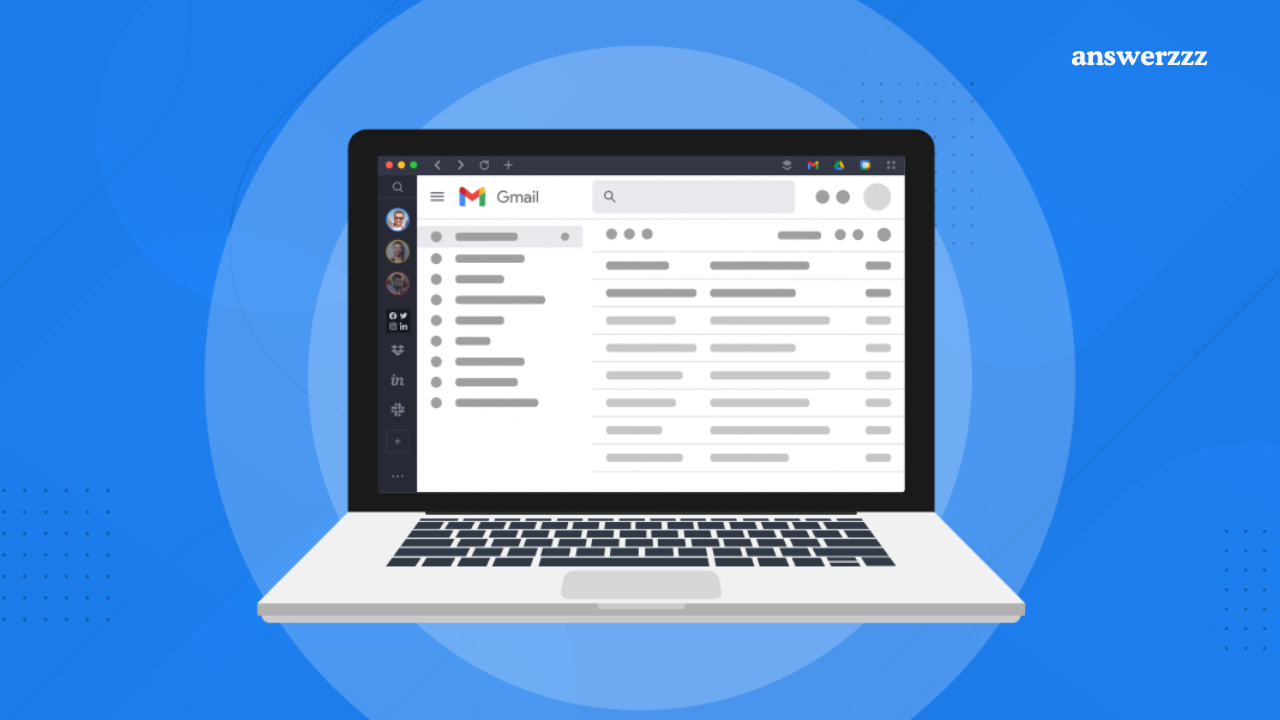In today’s digital age, your web browser is your gateway to the internet, making it one of the most critical tools in your daily online activities. Whether you’re working, shopping, streaming, or simply browsing the web, maximizing your browser’s potential can greatly enhance your experience. Most users aren’t aware of the full capabilities of their browsers, leaving many powerful features and settings underutilized. In this article, we’ll explore the best tips and tricks to help you get the most out of your web browser, streamline your online activities, and boost productivity.

1. Master Browser Shortcuts for Faster Navigation
Keyboard shortcuts can save you a significant amount of time by allowing you to perform common tasks without having to click through menus. Here are some essential shortcuts for popular browsers like Chrome, Firefox, and Edge:
- Open a New Tab:
Ctrl + T(Windows) orCmd + T(Mac) - Close the Current Tab:
Ctrl + W(Windows) orCmd + W(Mac) - Reopen a Closed Tab:
Ctrl + Shift + T(Windows) orCmd + Shift + T(Mac) - Open Browser History:
Ctrl + H(Windows) orCmd + Y(Mac) - Open Downloads:
Ctrl + J(Windows) orCmd + Shift + J(Mac) - Switch Between Tabs:
Ctrl + Tab(Windows) orCmd + Option + Right Arrow(Mac)
These shortcuts can make your browsing experience faster and more efficient, allowing you to navigate without taking your hands off the keyboard.
2. Utilize Browser Extensions for Extra Functionality
Browser extensions are small software programs that enhance your browsing experience by adding new features and capabilities. Here are some popular categories of extensions that can improve your web experience:
- Ad Blockers: Extensions like AdBlock Plus and uBlock Origin can help block intrusive ads, making pages load faster and reducing distractions.
- Password Managers: Use tools like LastPass, 1Password, or Bitwarden to securely store and autofill your login credentials.
- Productivity Extensions: Extensions like Todoist and Momentum can help you stay organized and focused while browsing.
- Privacy Extensions: Protect your data with extensions like Privacy Badger or Ghostery, which block trackers and prevent websites from collecting your information.
- Content Enhancers: Tools like Grammarly can help you write error-free emails, while Dark Reader provides a dark mode for every website.
Always ensure that you download extensions from reputable sources, such as the official Chrome Web Store or Mozilla Add-ons site, to avoid malware risks.
3. Enable Reader Mode for a Cleaner Reading Experience
If you find it hard to read articles on cluttered websites, enabling Reader Mode can simplify the page layout by removing ads, pop-ups, and other distractions. Here’s how to enable Reader Mode in different browsers:
- Google Chrome: Type
chrome://flagsIn the address bar, search for “Enable Reader Mode,” and activate it. You can then click the Reader Mode icon in the address bar when visiting a compatible page. - Mozilla Firefox: Click the Reader Mode icon (a book symbol) in the address bar when viewing an article.
- Microsoft Edge: Click on the “Reading View” icon (a book symbol) in the address bar to enable Reader Mode.
Reader Mode offers a clean, distraction-free interface, making it ideal for reading long articles or blog posts.

4. Use Incognito Mode for Private Browsing
Incognito Mode (or Private Browsing) is a feature that prevents your browsing history, cookies, and site data from being saved. This mode is useful when you want to:
- Avoid leaving traces of your online activity on shared computers.
- Prevent websites from tracking your browsing behaviour using cookies.
- Bypass certain paywalls that limit the number of free articles you can view.
To open an incognito window:
- Chrome:
Ctrl + Shift + N(Windows) orCmd + Shift + N(Mac) - Firefox:
Ctrl + Shift + P(Windows) orCmd + Shift + P(Mac) - Edge:
Ctrl + Shift + N(Windows) orCmd + Shift + N(Mac)
Remember, Incognito Mode does not make you completely anonymous online. Your internet service provider (ISP), employer, and websites you visit can still track your activity.
5. Organize Your Tabs for Better Productivity
If you’re someone who frequently has dozens of tabs open, organizing them can help you stay focused and reduce clutter. Here are some tips for effective tab management:
- Use Tab Groups: Both Chrome and Edge allow you to group related tabs. Right-click on a tab and select “Add Tab to Group.” You can then label the group and collapse it when not in use.
- Pin Important Tabs: Pinning tabs ensure they stay open and are easily accessible. Right-click on the tab and select “Pin Tab.” Pinned tabs appear smaller and are fixed to the left side of the tab bar.
- Close Duplicate Tabs: Use an extension like OneTab to consolidate multiple tabs into a list, or use the built-in feature in some browsers to close duplicates.
- Save Tabs for Later: Tools like Pocket and Bookmarks allow you to save tabs you want to revisit later without keeping them open.
By keeping your tabs organized, you can improve your focus and avoid getting overwhelmed by too many open tabs.
6. Sync Your Browser Across Devices
Modern browsers offer sync features that allow you to access your bookmarks, passwords, and browsing history across all your devices. To enable sync:
- Chrome: Sign in with your Google account and turn on sync in the settings.
- Firefox: Sign in with your Firefox account and enable sync for bookmarks, history, and more.
- Edge: Use your Microsoft account to sign in and sync your data.
Syncing makes it easy to pick up where you left off, whether you’re switching from your laptop to your smartphone or tablet.
7. Enable Browser Autofill to Save Time
Autofill is a convenient feature that automatically fills in your information (such as your name, address, and payment details) on web forms. To enable and manage Autofill:
- Chrome: Go to Settings > Autofill and select what information you want to save (Passwords, Payment Methods, Addresses).
- Firefox: Navigate to Settings > Privacy & Security > Forms & Autofill.
- Edge: Head to Settings > Profiles > Payment Info or Addresses and More.
Autofill can save you time when making purchases or filling out online forms, but be cautious about enabling it on shared or public devices.
8. Customize Your Browser for a Personalized Experience
Most browsers allow extensive customization options, from themes and background images to new tab extensions. Here’s how you can personalize your browser:
- Themes: Change the appearance of your browser with themes from the Chrome Web Store or Firefox Add-ons site.
- Homepage and New Tab Page: Set your favourite website as your homepage or use an extension like Infinity New Tab to create a custom new tab experience.
- Custom Search Engines: Go to Settings and select “Manage Search Engines” to add or change your default search engine to something like DuckDuckGo for enhanced privacy.
A personalized browser setup can make your daily tasks more enjoyable and visually appealing.
9. Clear Your Cache and Cookies Regularly
Over time, your browser’s cache and cookies can accumulate, leading to slower performance and potential issues with loading websites. Clearing these files regularly can help maintain optimal browsing speed. Here’s how:
- Chrome: Go to Settings > Privacy and Security > Clear Browsing Data.
- Firefox: Navigate to Settings > Privacy & Security > Cookies and Site Data > Clear Data.
- Edge: Go to Settings > Privacy, Search, and Services > Clear Browsing Data.
You can also enable the option to clear cookies automatically when you close your browser for improved privacy.
10. Use Developer Tools for Advanced Browsing
For tech-savvy users or developers, browser Developer Tools offer a powerful set of features for inspecting elements, debugging code, and analyzing website performance. To open Developer Tools:
- Chrome:
Ctrl + Shift + I(Windows) orCmd + Option + I(Mac) - Firefox:
Ctrl + Shift + I(Windows) orCmd + Option + I(Mac) - Edge:
F12orCtrl + Shift + I
Developer Tools provide insights into a website’s structure and behaviour, allowing you to troubleshoot issues or learn more about how a site is built.
Your web browser is much more than just a tool for accessing websites—it’s a powerful platform that, when used effectively, can enhance your entire online experience. By mastering shortcuts, utilizing extensions, organizing your tabs, and personalizing your settings, you can transform your browser into a streamlined, efficient workspace. Whether you’re a casual surfer or a power user, these tips will help you browse smarter, faster, and safer.





